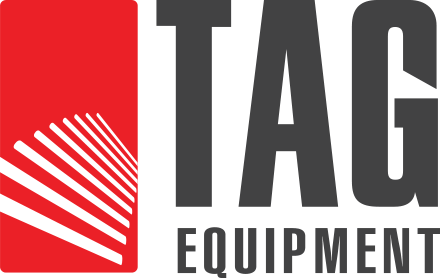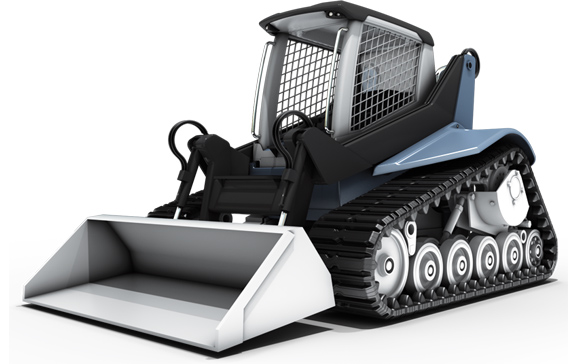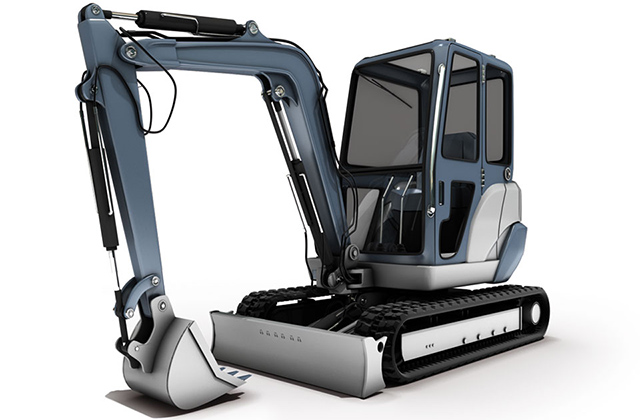Having high-quality rubber tracks is essential to ensure your compact equipment delivers excellent performance. However, you should know how to manage it to avoid expensive downtime in case of a problem. Read on to learn more about repairing rubber tracks, so you know what to expect.
Dealing with Extreme Rubber Track Damage and Wear & Tear
Your equipment’s rubber tracks may experience damage over time because of use. In addition, working on harsh terrains may also cause them to wear out sooner. If your tracks are torn, ripped, or gouged, you need to replace them to ensure smooth operation.
Easy Steps to Repair Rubber Tracks
- Look for a Spacious Area
To ensure safety, you need solid ground to repair the tracks. A spacious and flat surface free of debris is the ideal solution. You should also work on a levelled surface. - Suspend the Tracks Mid-Air
Once you decide on a suitable workspace, start by suspending the rubber tracks mid-air. Rotate the housing to ensure the dozer blade is on the opposite side of the boom. Lift the machine using the blade and the boom. Place jacks beneath the carriage to support the equipment. - Loosen the Grease Valve
Use a wrench to release the grease valve. Remember to refer to the machine’s repair manual as every make and model needs a different approach.- Remove the Rubber Tracks
You will notice that the rubber tracks sag from the rollers at this stage. Remove them by pulling the tracks from the idler end.
- Remove the Rubber Tracks
- Inspect
After removing the track from the idler end, lift it slightly to release it from the sprocket. Be sure to inspect the idlers, rollers, and sprockets for damages. You may refer to the user’s manual to ensure everything is correctly in place. - Clean the Parts
If you do not detect any damage, clean the track frame to get rid of mud, dirt or accumulated other debris. Doing so will ensure a smooth performance. - Fit the Tracks
Once you clean the frame, place the track back in its position. Lift it over the sprocket and ensure teeth are correctly aligned. Move it slowly in reverse to help slide the other end of the track to the idler. Use a pry bar to complete this step without any problems. - Add Grease
Once you place the rubber track, put the tension back on the idler by adding grease and tightening the grease valve fitting. Do this until the track hangs 1 to 2 inches from the lower middle roller and ensure it matches the user manual specifications. - Test
Run the track slowly forward and backward to check the fitting and ensure the equipment operates smoothly.
We Feature High-Quality Rubber Tracks
At Tag Equipment, we understand how critical it is to keep your machine in excellent condition. This is why we feature high-quality and long-lasting rubber tracks in Ontario by the most trusted brands.
We offer tracks for:
- Compact Track Loaders (CTL)
- Multi-terrain Loaders (MTL)
- Over-the-tire Tracks (OTT)
- Tracks for Mini Excavator, Carriers or Dumpers, and Paver Tracks
We carry products for all makes and models, including Bobcat rubber tracks, John Deere rubber tracks, Case Construction tracks, and more. For more information about our selection, call us at 416-716-5850.
Also Read: Avoiding Common Rubber Track Repair Mistakes


